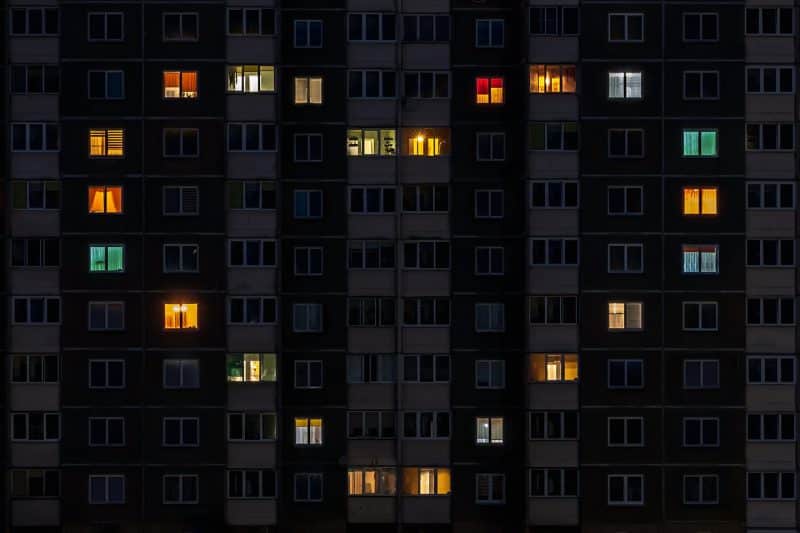How many times have we entered a room and “chills” have run through your spine without even paying attention to its design and decoration?
Have you ever wondered why one room can make you feel alert while another tends to relax you? Just take a look at your space and try to figure out how the room makes you feel. Color and light are the two key elements of interior design and make a visual difference to any space, and most people tend to overlook the impact that light has on our mood and the way we feel in any room. (1)
As we spend most of our lives indoors, the space we occupy plays an important role in our psychological behavior. What we do not know, and has never made the connection in our minds, is that inadequate or incorrect lighting can cause negative effects on our visual perception and ability, as well as to our mood, health and psychology.
Proper lighting is not a luxury but a necessity, since human pleasure, comfort, productivity and safety are improved with proper lighting.
Why is lighting an integral part of design? (2)
The right light quality of the luminaire, can both alter and enhance the coloring of a material, as well as give the right quality to a texture. (3)
At this point, it should be underlined that in the context of highlighting a product, the lighting designer plays a very important role, as he “interferes” with the psychology of the buyer through the highlighting of the product in terms of lighting.
Architecture and lighting must go hand in hand during the project in order to achieve the best possible result in terms of design, morphology and aesthetics. We divide the space into lighting zones and ideally, the artificial lighting chosen for each zone should combine meeting the requirements of the individual to create a pleasant, bright and comfortable space with the least possible financial burden.
Disposition and lighting
According to extensive research, our mood changes depending on the space and its configuration, both architecturally and in terms of lighting. The human senses and the way they work recognize forms, shapes, relationships and meanings through the design of space. Therefore, it becomes clear that human efficiency is influenced by the above, as well as by the brightness and coloring of light.
Properly adjusted lighting can improve mood and stabilize our circadian rhythm**, helping us to get a better and deeper night’s sleep. Psychologically, light can reduce depression levels and even increase cognitive performance, such as reaction time and activation.
With the right lighting study, one can avoid the effects on psychology and “marry” the above elements for the smooth and proper psychosomatic functioning of the person. However, we cannot rely for every effect of lighting on neurological processes. But we can observe patterns in the way people react to light, and we can trust that these correlations hold for enough people to make it worthwhile to deliberately choose lighting.
At the end of the day, lighting, both natural and artificial, has a significant impact on the way we think and feel in the spaces we use during the day. Design should support a variety of different lighting options to enhance our well-being & experience.
“The history of architecture is the history of the struggle for light” – Le Corbusier
* The punctuation mark is free to be placed by the reader.
** Circadian rhythm is any biological process that exhibits endogenous periodic variation over a 24-hour period. This rhythm is defined by a circadian clock and has been observed in many living organisms such as plants, animals, fungi and cyanobacteria. Although circadian rhythms are endogenous, they are adapted to the local environment by exogenous factors, the most important of which is daylight. (4)
Text Editor: Georgia Markouli – Lighting Consultant







